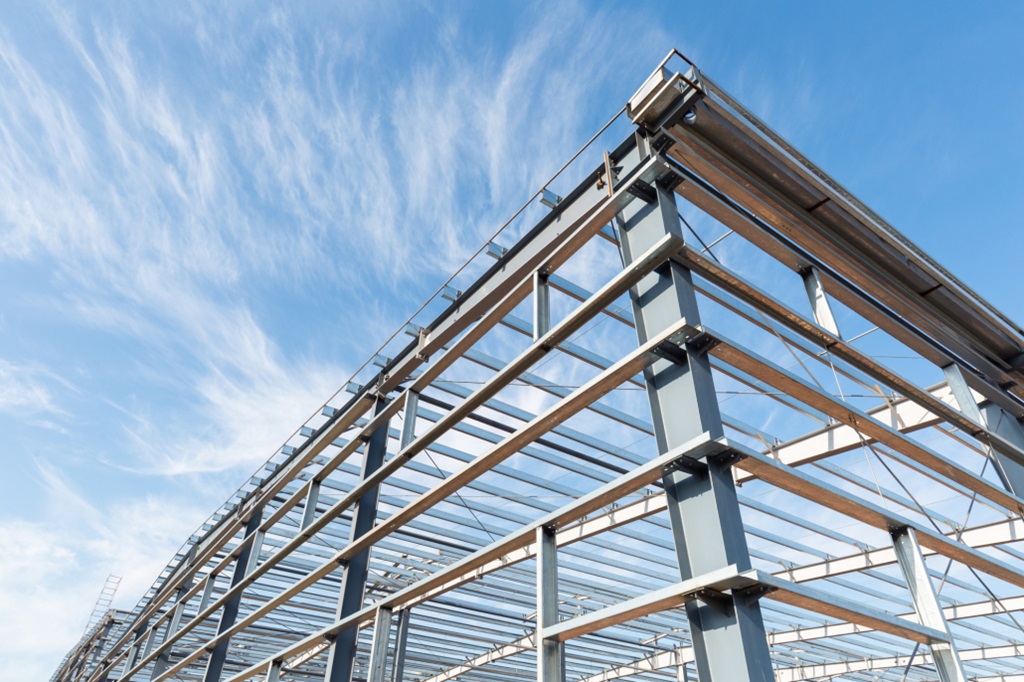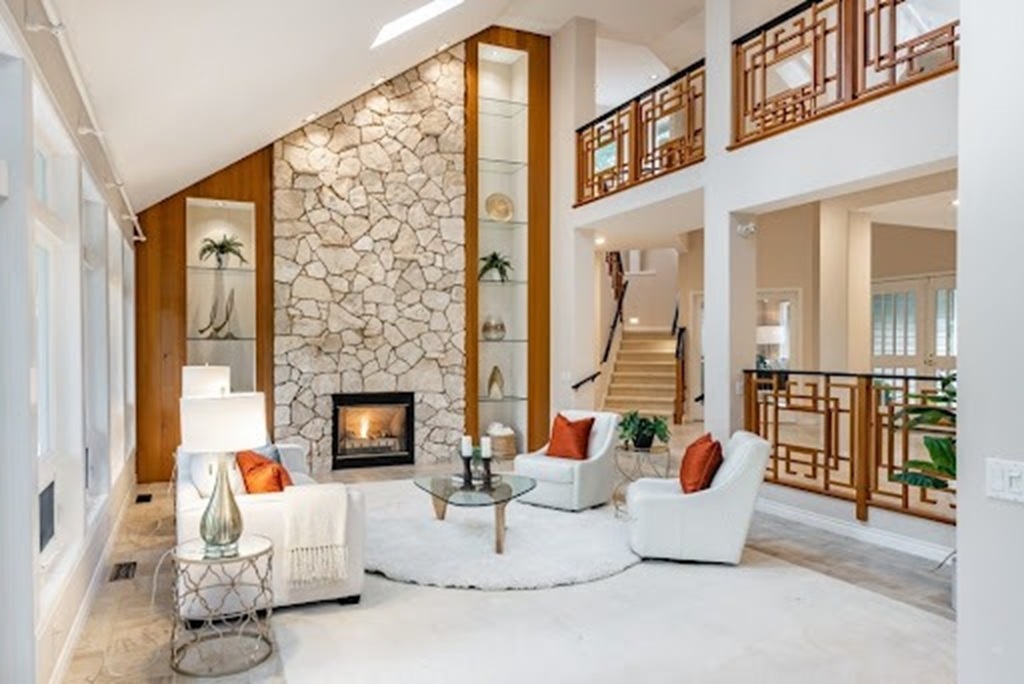Metal building construction has long been favored for its speed, durability, and cost-effectiveness. However, with advancements in technology, this industry is undergoing a transformative shift. The integration of emerging technologies is not only enhancing efficiency and safety but also pushing the boundaries of design and sustainability in metal building construction. Let’s delve into the key emerging technologies shaping the future of this sector.
1. Building Information Modeling (BIM)
BIM is a digital representation of the physical and functional characteristics of a facility. In metal building construction, BIM enables architects, engineers, and contractors to collaborate seamlessly throughout the design and construction process. It facilitates clash detection, optimizes material usage, improves project scheduling, and reduces errors and rework, resulting in substantial cost and time savings.
2. 3D Printing and Additive Manufacturing
3D printing is transforming the way components are fabricated for metal buildings. This technology allows for the creation of complex, customized shapes and structures that would be challenging or impossible to achieve using traditional manufacturing methods. 3D printing enables on-site fabrication, reducing transportation costs and environmental impact. Furthermore, it empowers architects to explore innovative design possibilities, enhancing the aesthetic appeal of metal buildings.
3. Drones and Robotics
Drones are increasingly being utilized in metal building construction for various tasks. They conduct aerial surveys and inspections, capture high-resolution images and videos, and aid in project progress monitoring. Drones enhance safety by accessing hard-to-reach areas and reducing the need for manual inspections. Robotics are also being adopted for tasks such as welding, material handling, and assembly, increasing precision and efficiency while reducing labor costs.
4. Virtual and Augmented Reality (VR/AR)
VR and AR technologies provide immersive visualization experiences that enhance design and construction processes. VR allows stakeholders to virtually walk through a building design, identify potential issues, and make informed decisions before construction begins. AR overlays digital information onto the physical environment, aiding workers in precise assembly and installation tasks. These technologies streamline communication, facilitate training, and enhance collaboration among project teams.
5. Internet of Things (IoT) and Smart Buildings
The integration of IoT sensors and smart technologies enables real-time data collection and analysis in metal buildings. Sensors monitor temperature, humidity, occupancy, energy usage, and structural integrity. This data allows building managers to optimize energy efficiency, identify maintenance needs proactively, and enhance occupant comfort and safety. IoT-enabled smart buildings are becoming increasingly prevalent, providing sustainable and efficient solutions for the future.
6. Pre-Engineered Metal Buildings (PEMB)
PEMB structures are designed and manufactured off-site, utilizing standardized components and processes. This approach significantly reduces construction time and costs while maintaining quality and durability. PEMBs offer flexibility in design, allowing for customization to suit various applications. They are widely used in industrial, commercial, and agricultural sectors due to their efficiency and adaptability.
Related: How Clear Span Metal Buildings Can Meet Your Diverse Needs
7. Energy-Efficient Technologies
Sustainability is a key focus in metal building construction, and several technologies are contributing to enhanced energy efficiency. Insulated metal panels (IMPs) provide superior thermal performance, reducing heating and cooling costs. Cool roof coatings reflect sunlight, minimizing heat absorption. Daylighting systems maximize natural light, reducing reliance on artificial lighting. Solar panels can be integrated into metal roofs, generating renewable energy and further reducing environmental impact.
8. Advanced Coatings and Finishes
Modern coatings and finishes significantly enhance the durability and aesthetic appeal of metal buildings. Corrosion-resistant coatings protect against harsh weather conditions and extend the lifespan of the structure. Anti-graffiti coatings deter vandalism, while self-cleaning coatings reduce maintenance requirements. Additionally, a wide array of color and texture options are available, enabling architects to create visually striking designs.
9. Advanced Steel Framing Systems
Advances in steel framing systems provide greater strength, versatility, and design flexibility. Lightweight steel framing offers faster installation and reduced material costs. High-strength steel allows for longer spans and open floor plans. Cold-formed steel framing is gaining popularity due to its ease of fabrication and versatility in creating intricate shapes. These advancements empower architects to push design boundaries and achieve unique architectural expressions.
10. Sustainability Focus
Sustainability is paramount in modern metal building construction. The use of recycled steel, energy-efficient technologies, and sustainable building practices contribute to reduced environmental impact. Metal buildings are highly recyclable at the end of their lifespan, promoting a circular economy. Additionally, the integration of green roofs and rainwater harvesting systems further enhances sustainability efforts.
Related: Metal vs. Wood: Why Choose Metal Buildings for Strength and Durability
Conclusion
Emerging technologies are revolutionizing metal building construction, making it faster, safer, more efficient, and more sustainable. Building Information Modeling (BIM), 3D printing, drones, robotics, VR/AR, IoT, and pre-engineered metal buildings (PEMB) are among the key technologies shaping the future of this sector. Architects and engineers are empowered to explore innovative design possibilities, while contractors can deliver projects with greater precision, speed, and cost-effectiveness. Metal building construction is poised for continued growth and innovation, driven by the integration of these emerging technologies.
Additional Helpful Tips:
- Research Thoroughly: Before adopting any new technology, conduct thorough research to ensure it aligns with your project requirements and budget.
- Partner with Experts: Collaborate with experienced professionals who specialize in the specific technologies you plan to implement.
- Stay Updated: The field of construction technology is constantly evolving. Stay informed about the latest advancements and best practices.
- Embrace Change: Be open to adopting new technologies and adapting your workflows to leverage their full potential.
By embracing emerging technologies and partnering with knowledgeable professionals, you can ensure your metal building projects are at the forefront of innovation and sustainability.






